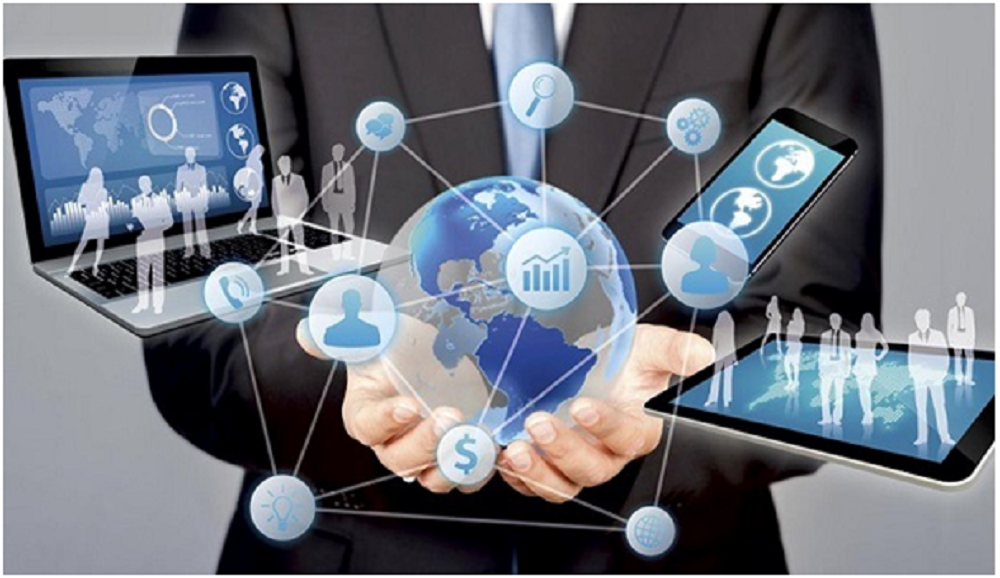 Civil Engineering with Computer Application | Electronics and Computer Science | Robotics & Artificial Intelligence |
Civil Engineering with Computer Application | Electronics and Computer Science | Robotics & Artificial Intelligence |
Important Documents For Admission (2025 - 2026)
 Civil Engineering with Computer Application | Electronics and Computer Science | Robotics & Artificial Intelligence |
Civil Engineering with Computer Application | Electronics and Computer Science | Robotics & Artificial Intelligence |

2020 is now in the middle, and current technologies are already hitting the heights. It is time to move on and look at current achievements. Narrow Artificial Intelligence, Mixed Reality, and Distributed Clouds are just some of the technological innovations we will be entering in the next decade. Here is a summary of Gartner’s 2020 Tech Trend Report, which, combined with the predictions of our software development experts, will dominate this year’s software technologies.
Improvements in wearable and sophisticated computer sensors are paving the way for the emergence of multiexperience, entirely immature technology. The traditional ideas of computers expand to include new and different touchpoints. This increases the demand for mobile development as companies compete for better, more immersive applications.
Gartner cites Domino’s Pizza, an ordering app that combines autonomous vehicles, smart speaker communications, and tracking sensors. The growing popularity of wearable technologies is driving growth in the region. More excellent connectivity and better user experience will attract more customers.
Nowadays, multiexperience applications use Augmented Reality, Virtual Reality, and Mixed Reality to deliver more engaging experiences. As consumers demand more sophisticated applications, businesses need to have and offer more ambient experiences.
One area where Internet of Things is called the Digital Twin Concept is booming. Modern appliances use ingenious components equipped with sensors to collect data about real-time situations, working conditions, and alerts. They integrate into cloud-based systems to collect, process, and analyse data.
Furthermore, here is how the digital twin is made. It is a type of coupling device that represents its real-life model in the digital environment. This virtual model of a product or service allows you to analyse large amounts of diverse data. They can prevent them from ending up before problems arise, develop new functionality, and more.
Digital Twin Concept has extensive coverage on projects such as Smart Cities, Real-Time Navigable Models, or Healthcare – with virtualization of hospital systems for workplace safety and continuity.
Distributed cloud systems promise to bring about a new era of cloud computing. These systems deliver public cloud services to multiple locations outside the provider’s data centers, but the provider still controls them. Cloud providers look at cloud service architecture, governance, operations, updates, and delivery.
Because data centres can occur anywhere, the latency and data sovereignty challenges are reduced. Distributed cloud services provide the benefit of a public cloud service with a private cloud.
Gartner predicts that by the end of 2020, the real-time, event-based policy will become a significant demand for 80% of all digital solutions. It is essential for business app development companies to implement “event thinking” for their solution strategy.
Event programming is not a kind of technology or programming language. It refers to the process of being implemented in the product development process. The event-driven app responds to the user or system-generated actions, for example, mouse clicks or loading programs. It is essential to separate event-processing logic from the rest of the coding task from a programming standpoint.
Technologies such as AI or IoT accelerate event-based coding as a useful product development strategy. In general, event-driven applications improve accountability, flexibility, and better understand the user experience.
2017 is the year of blockchain promotion. Now that the campaign has stopped, it is time for practical blockchain applications. Gartner was hesitant to set its expectations for the blockchain but insisted that in some instances, organizations could leverage blockchain technology to improve internal processes and ensure data security.
Blockchain is a network of peer-to-peer devices that are interconnected. This technology provides for the absence of a central database and the lack of clearly defined locations where all the data is stored. Supply cases here are useful in the supply chain and real estate asset management sectors, as well as in the management of health-related data. In the 2021s, advanced in blockchain technology will improve its applicability and enterprise applications.
We need to add progressive web applications to Gartner’s software technologies. The growing trend of web-based solutions is a trend we can see in the current year. There is no reason to think about changing this in the next decade.
On the contrary, in the long run, web applications are likely to take up a significant portion of the market cake from mobile apps, not vice versa. When we hear that Google representatives are focusing on expanding the features of current browsers to allow web browsers to achieve the same UX level as mobile apps, we believe this is even more so.
Besides, progressive web applications are more comfortable to develop and maintain than native applications. They combine the best features of web and mobile applications. What is more, they are using a vast web ecosystem, plugins, and community.
Reference:https://www.eletimes.com/top-10-upcoming-trends-in-technology-market-for-2020
By Ritumbara Chauhan